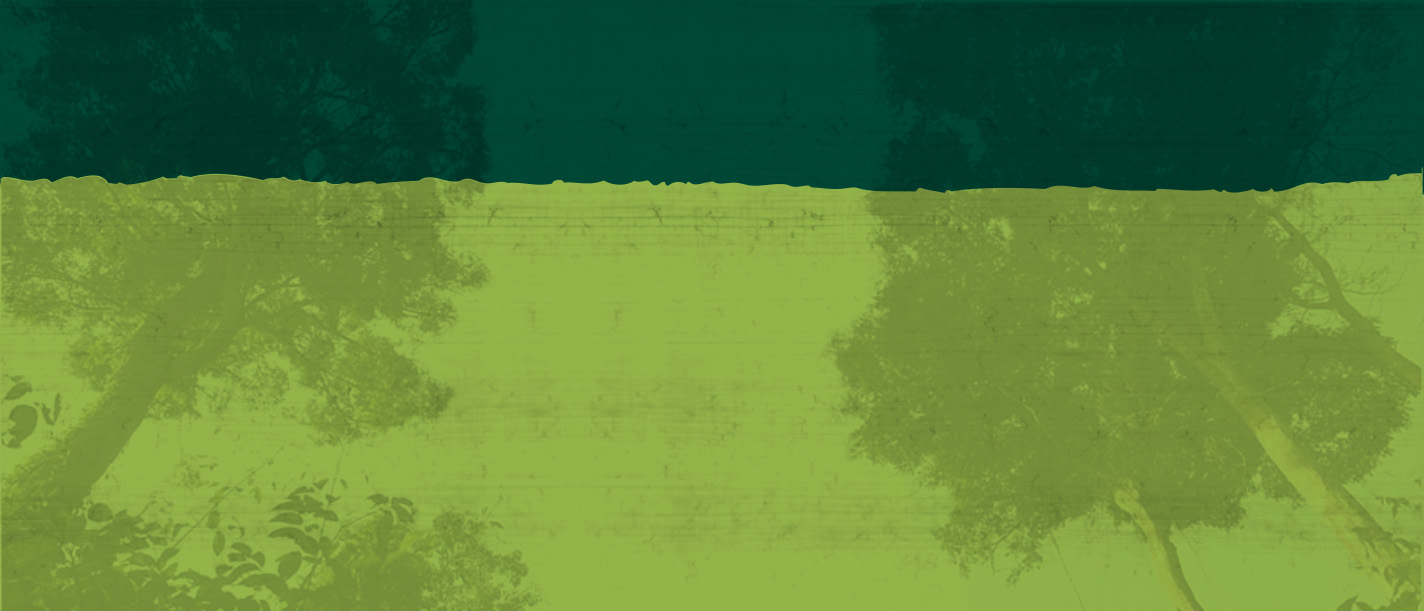News
Sonso and Waibira chimpanzees suffer a respiratory infection outbreak
April 29, 2019
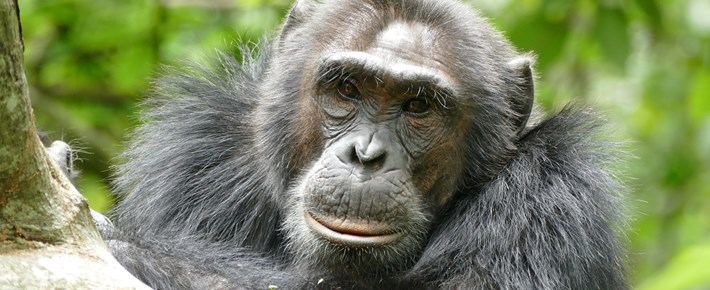
Sonso and Waibira chimpanzees suffer a respiratory infection outbreak
In the recent years, respiratory infections have been one of the major threats to wild chimpanzee health among many chimpanzee communities in Uganda. Budongo Conservation Field Station (BCFS) and its conservation partners with funding from the ARCUS Foundation rolled out the Chimpanzee Health Monitoring Programme in the Albertine Rift region in Western Uganda in 2009. Since then, several chimpanzee communities in this region have been recorded to have suffered mild to severe respiratory infection outbreaks. However, the trends and causes of these outbreaks are not yet clear despite these outbreaks having resulted in chimpanzee deaths in some communities. Between February and March 2019, two chimpanzee communities in Budongo Forest Reserve that are habituated for research by BCFS (Sonso habituated since 1990 and Waibira habituated since early 2011) suffered a respiratory infection outbreak. Like in most human respiratory outbreaks, in wild chimpanzee populations too, the causes are usually unexplained. Some outbreaks have been attributed to microbial agents while others are attributed to stress due to weather changes. Unless appropriate samples are obtained for analysis to confirm the causative agent, the germs responsible for the respiratory outbreaks remain unexplained.
A respiratory illness outbreak is believed to occur when signs of illness are presented by a number of individuals in a given chimpanzee community than what would otherwise be expected within a given timeframe. For the chimpanzee health monitoring program in the Albertine Rift region, if 20% of the chimpanzees seen in that period show signs of a respiratory infection, then, there is an outbreak. These signs include; coughing, sneezing, running nose, labored breathing and eventually general tiredness and lying on the sternum with groaning. Depending on the signs an individual presents they would be classified as mildly infected, moderately infected or even severely infected. The first cases of respiratory infections in Waibira and Sonso were observed and reported on 18th and 20th February, 2019 respectively. Upon establishing that there was a respiratory infection outbreak, field teams (field/research assistants, veterinary team and researchers that volunteered to take part in the search) were called upon to intensify the search for all chimpanzees in both communities mainly collecting data on their health status. Data collection was done through direct observation by the field teams and was beefed up by indirect observation using camera traps and non invasive fecal sample collection for laboratory testing to determine the causative agent among other parameters. At the start of the outbreak, all individuals presented mild signs and the cough was unproductive but as the infection progressed, the frequency of the cough increased and turned productive. Most severely infected chimpanzees had wet eyes, running nose and feared being approached at close range by both people and other chimpanzees in their communities. They tended to isolate themselves. A number of individuals that got severely infected but battled the infection (5 days and above) to recovery became severely emaciated. In Sonso community, 88% (59 individuals, 33 female and 26 male) of the 67 individuals (out of the total 71 individuals in this community) seen during the outbreak showed respiratory infection signs. All the males seen during the outbreak were infected while 80% of the females seen presented signs of the respiratory infection. Although the males were reported to have suffered the most, the respiration infection did not seem to segregate much among age groups as over 70% of individuals in all age groups that is adults, sub-adults, juveniles and infants were reported to have shown signs of the respiratory infection. However it was majority of the adults that presented severe signs of infection. On the other hand, the effects of the respiratory outbreak were not very different in Waibira either; sixty seven (67) individuals out of the total 94 (48 males, 46 females) chimpanzees in this community were seen during the outbreak. Of the 67 chimpanzees seen 79.1% (53 chimpanzees, 23 females and 30 males) were reported to have suffered from the respiratory infection. These infections were reported across all age groups and no significant difference in the severity across age groups was recorded. In the laboratory, fecal samples of most affected individuals that were collected for examination contained visible helminthes which could imply that the affected chimpanzees were immune compromised prior to the respiratory infection outbreak.
Sadly the respiratory infection outbreak did not leave Sonso and Waibira chimpanzee communities the same. Many individuals put up a good fight but three adult male chimpanzees Zefa, Squibs, and Kwezi in Sonso seem to have succumbed to the respiratory infection. We lost them during the outbreak and are suspected victims of the respiratory infection as they showed signs of the infection before their passing. Gal a female infant also died during the outbreak though she had not been reported to have shown signs of the respiratory infection. As such we cannot confirm that she died from the infection.
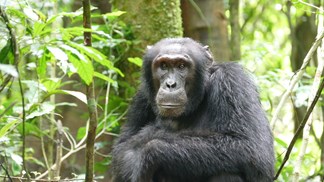 Zephyr
Zephyr
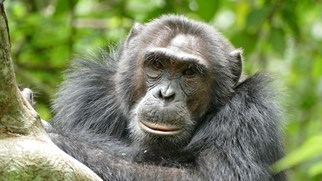 Squibs
Squibs
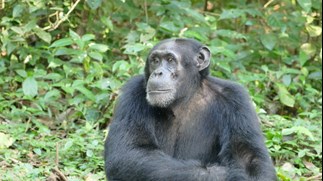 Kwezi
Kwezi
No other animals in the forest at the time were reported to be coughing or to show other signs of respiratory illness, apart from two colobus monkeys that were seen coughing on the 1st March 2019, which coughing was probably caused by chocking because it lasted for just a few minutes. And all other primates and other wild animals encountered during the monitoring period showed no sign of ill health.
It is generally difficult to observe sick individuals on a daily basis despite the intense monitoring efforts during outbreaks. Sick individuals tend to isolate themselves from the general populations probably to avoid aggression and their fear of human observers tends to increase. Additionally, isolated individuals are hard to trace after their death for early necropsy to pick viable samples for detection of the causative agent. These were some of the key challenges we (BCFS) were faced with.
A detailed report on this respiratory infection outbreak in Budongo Forest Reserve is available upon request
Dr. Caroline Asiimwe,
Resident Veterinarian,
Budongo Conservation Field Station
Latest Articles
-
Launch of the “Budongo: Livestock for Conservation” Pilot Project
October 21, 2025
-
Revitalizing ornithology research at BCFS
November 30, 2024
-
Perspectives Collective Journal Launch
February 21, 2024
-
Snares are major threat to juvenile chimps in Budongo
November 25, 2022
-
Albino infant chimpanzee sighted in Sonso
September 07, 2021
